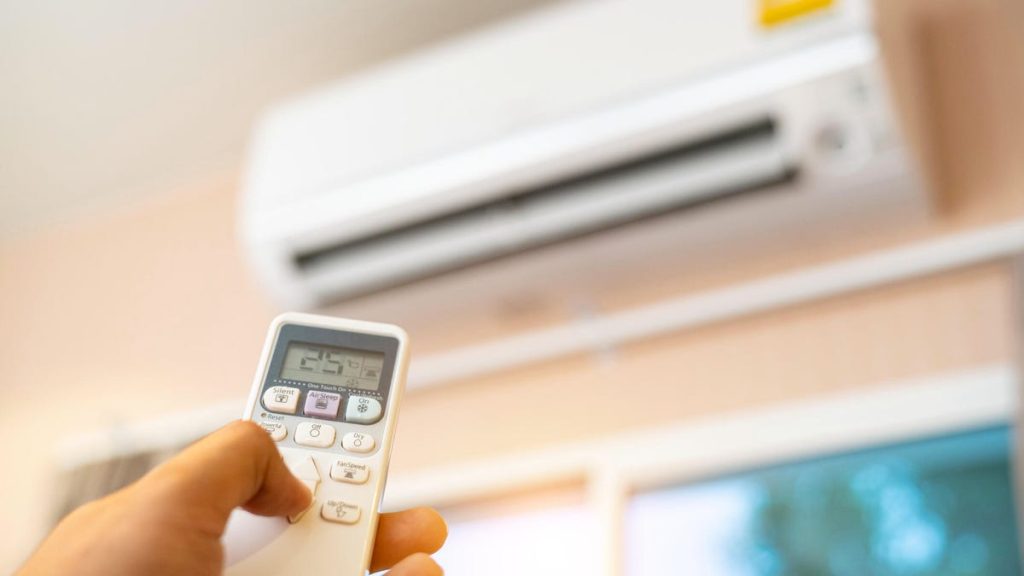The cost of cooling your home this summer is expected to increase by 7.9% nationwide, with the average cost for cooling a home in the US projected to be $719 between June and September. This is a significant increase from last year and the highest in 10 years. Last year was the hottest summer on record, and it is predicted that this summer will be even hotter, with a 55% chance of having the highest summer temperatures in the past 175 years. This trend is in line with the warming trend that has been observed globally.
The Low Income Home Energy Assistance Program has been cut back by $2 billion, with 80% of the fund typically used for home heating expenses and only 20% for cooling energy costs. This reduction in funding means that approximately 1 million fewer households will receive assistance from the program this year. NEADA and CEPC calculated the increase in cooling costs using temperature data from NOAA and electric usage and price data from the US Energy Administration Information. It is important to note that 20% of low-income families do not have air conditioning at home, and 33 states have no summer shut-off protections, which can lead to dangerous health conditions from prolonged exposure to extreme heat.
It is recommended to compare energy choices and electricity rates and consider switching to a renewable energy supplier or exploring off-grid living to potentially save money. With extreme weather events becoming more prevalent, it is crucial for homeowners to be proactive in managing their energy costs and environmental impact. For more information on how climate change impacts homeowners and tips on weathering the storm, CNET Zero series provides valuable insights.
As we face the challenges of increasing temperatures and rising energy costs, it is essential for individuals to be aware of their options and take steps to mitigate the impact of climate change. By staying informed and making conscious decisions about their energy consumption, homeowners can contribute to a more sustainable future for themselves and the planet. Taking proactive measures such as investing in energy-efficient appliances, exploring renewable energy sources, and joining community initiatives can help individuals adapt to the changing climate and reduce their carbon footprint.
In conclusion, the rising costs of cooling your home this summer highlight the urgent need for individuals to address climate change and its impact on energy consumption. By being proactive in exploring renewable energy options, comparing electricity rates, and making informed choices about energy usage, homeowners can not only save money but also contribute to a more sustainable future. It is important for individuals to stay informed, take action, and advocate for policies that promote renewable energy and reduce greenhouse gas emissions. Together, we can work towards a more resilient and environmentally friendly future for all.


